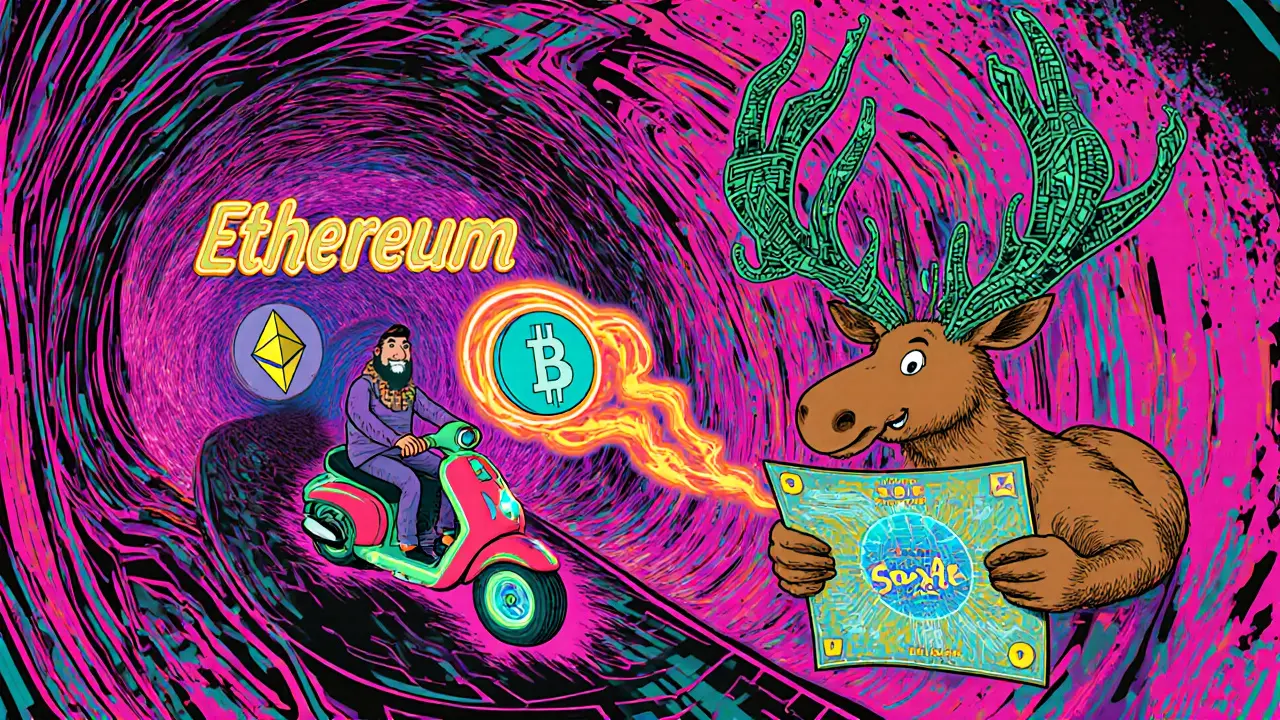Cross-Chain Swap: How Blockchain Networks Talk to Each Other
When you want to trade cross-chain swap, a method that lets users exchange tokens directly between separate blockchains without needing a centralized exchange. Also known as interoperable token transfer, it’s what makes it possible to move Bitcoin to Ethereum, Solana to Polygon, or any chain to another—without trusting a middleman. Before cross-chain swaps, you had to use centralized exchanges to convert your crypto, which meant handing over control of your funds. Now, with smart contracts and cryptographic proofs, you can swap tokens peer-to-peer across chains while keeping custody of your assets the whole time.
This isn’t just about convenience—it’s about freedom. DeFi, a system of open financial protocols built on blockchain that operate without banks or brokers depends on cross-chain swaps to unlock liquidity. Without them, your tokens would be stuck on one chain, locked out of better yields, lower fees, or faster transactions elsewhere. That’s why protocols like bridge protocol, a technical system that connects two blockchains to enable asset transfers have exploded in use. They’re the pipes that connect isolated water systems, letting you draw from any source. But not all bridges are safe. Some have been hacked, drained of billions, because they rely on centralized validators instead of trustless math. That’s why atomic swaps—the purest form of cross-chain trading—are still the gold standard when they’re possible.
What you’ll find in these posts isn’t theory. It’s real cases: how a user moved tokens between Solana and Ethereum using a bridge, why a popular cross-chain tool vanished overnight, and how a new swap protocol cut fees by 80%. You’ll see how cross-chain swaps tie into everything from airdrops on new chains to the rise of tokenized real-world assets. There’s no fluff—just what works, what doesn’t, and what you need to know before you click ‘Swap’.
Elk Finance (Avalanche) Crypto Exchange Review: Cross-Chain Swaps Done Right?
Elk Finance on Avalanche offers one-click cross-chain swaps but suffers from low liquidity and minimal adoption. Learn if it's worth using in 2025 and how it compares to bigger DeFi alternatives.
